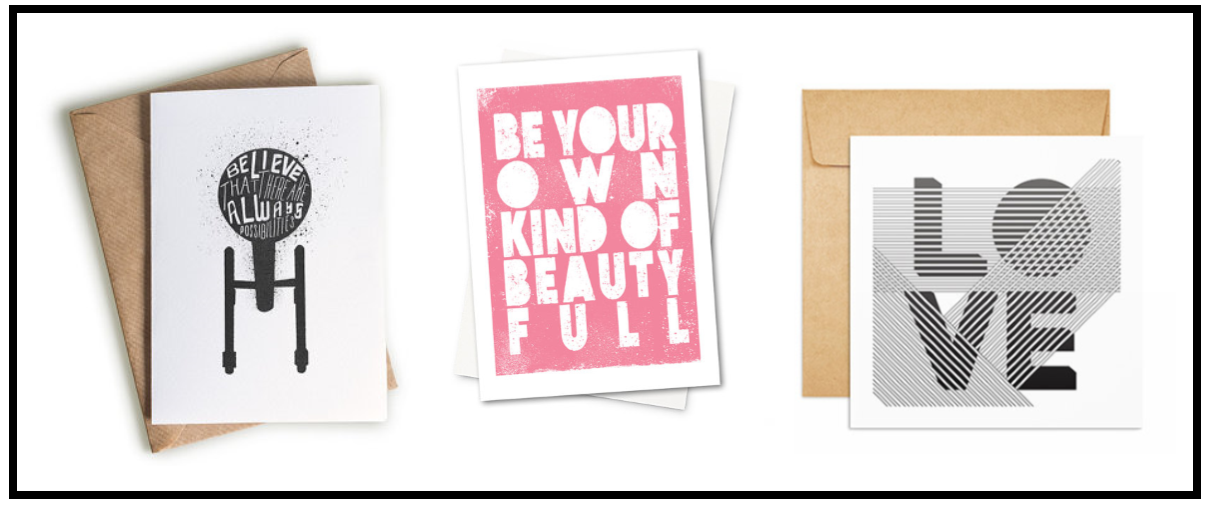 Community building is a wonderfully complex process that contains many layers and elements. One of these elements are relationships, in all shapes and forms: between family members, between friends, between lovers, between coworkers, between store workers and customers, between people who regularly commute together, etc.
Community building is a wonderfully complex process that contains many layers and elements. One of these elements are relationships, in all shapes and forms: between family members, between friends, between lovers, between coworkers, between store workers and customers, between people who regularly commute together, etc.
There are many ways to reinforce each of these relationships in such a way as to make the community stronger. There are the deeper, more difficult methods that one would apply to one’s marriage, to one’s relationship with family members, and to one’s closest friends. In the case of more casual, superficial relationships, there are certain elements that can contribute to making those better as well, such as pleasantries.
Pleasantries have been previously defined on this blog as the hydrogen bonds of community building. These bonds are not in themselves strong enough to hold a molecule together, but can still change the properties of elements such as water. I argued that while they might seem superficial, pleasantries—which do not, alone, create cohesion—strengthen an already present community, affecting the way it looks. Pleasantries, then, are an essential part of community building, even if they are not enough on their own to create a community.
Some pleasantries immediately come to mind: smiling to someone strolling the grocery store aisle; saying please and thank you; making sure to ask a customer service agent how their day is going; etc. But there are perhaps others we can think of integrating as part of our community building efforts. One of them I have recently rediscovered is the art of card writing (and no, not of the type Jimmy Fallon writes.)
Cards have been increasingly replaced by their electronic counterparts. These are great, but let’s be honest: there is something to say about a handwritten card. Maybe it’s knowing that the card you are holding was specifically chosen for you by someone who took time and made the effort to either go to the store or order it online; maybe it’s the thought of how the card you are holding was held by the person who gifted it to you, or that the words you are reading were carefully put together and then just as careful transcribed. And that the person took the time to go through all of this in an increasingly busy world means even more.
Maybe it has something to do with the tangibility of the card, which is often displayed somewhere in the house and becomes part of daily life. I recently visited a friend who had just suffered a loss in her family. I knew that the person had received a lot of support in the days and weeks immediately following said loss, and I had recently caught myself hoping that this person had not been now forgotten. I sat down in the living room, looked up—and my breath caught as I spied card after card after card hanging on meter after meter of string, across the kitchen, the dining area, and the living room. It was a tangible reminder that brought a smile to my friend’s face as she followed my gaze and looked up at them.
With the increase in the ease with which we can purchase the creations of independent artists, there seems to be a card for every single occasion, adapted to every single sender, and suited to every single recipient. There are of course environmental concerns to keep in mind; we should be careful whom we buy our cards from, what paper they are printed on, and with what ink. And perhaps we shouldn’t be sending cards at the drop of a hat. But perhaps also we should think about how such a gesture could contribute to brightening our relationships, and how this would affect our community building efforts. And it’s not just making the recipient happy; it’s quite something to see your card gracing your friend’s fridge of counter space. It might be worth dedicating a small portion of your budget and some mental effort to revive the art of card writing.
Photo Credit: Fox & Velvet, Anne Garrison Studio, and Cove Home.
